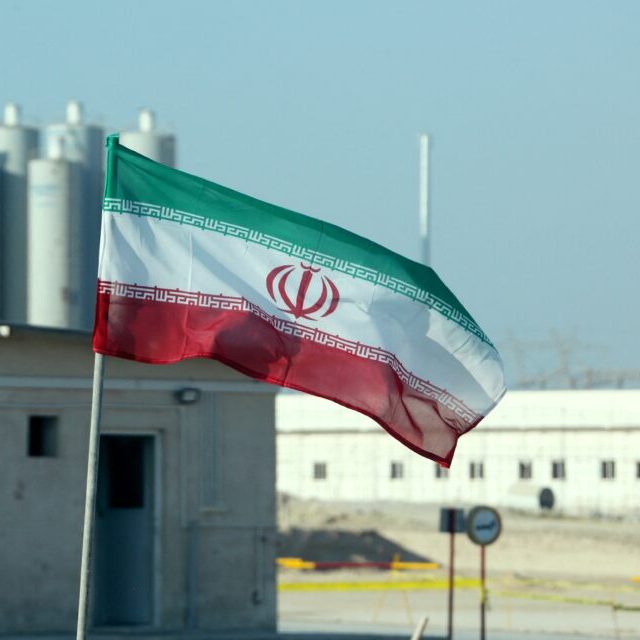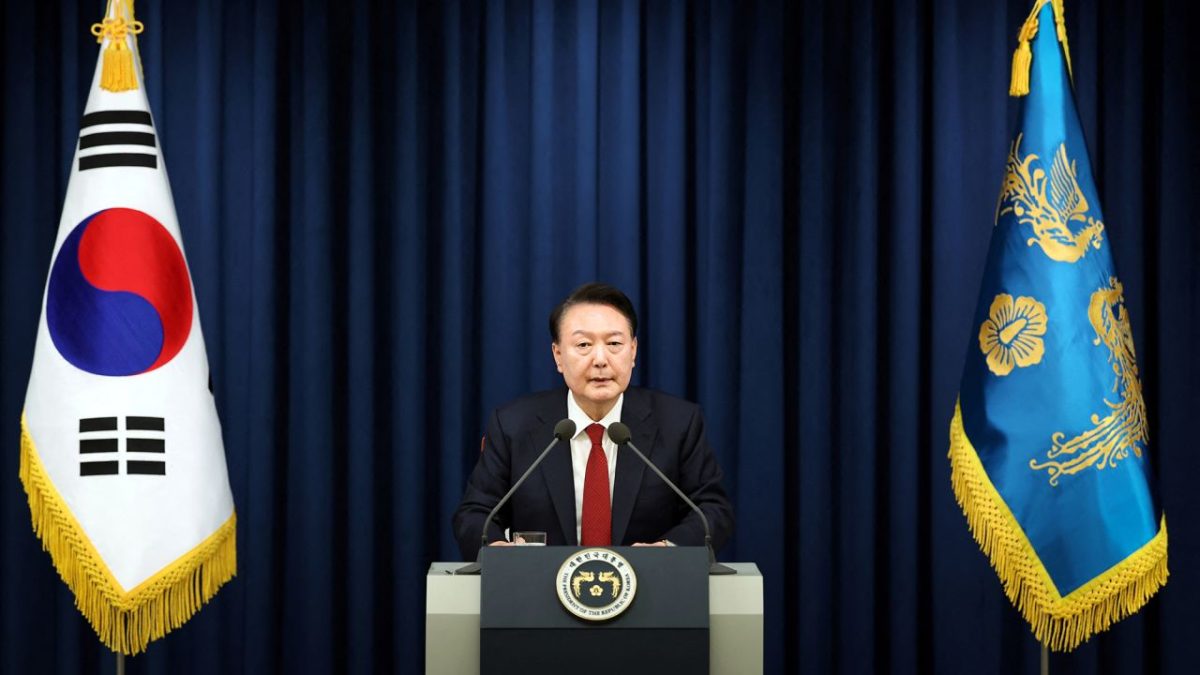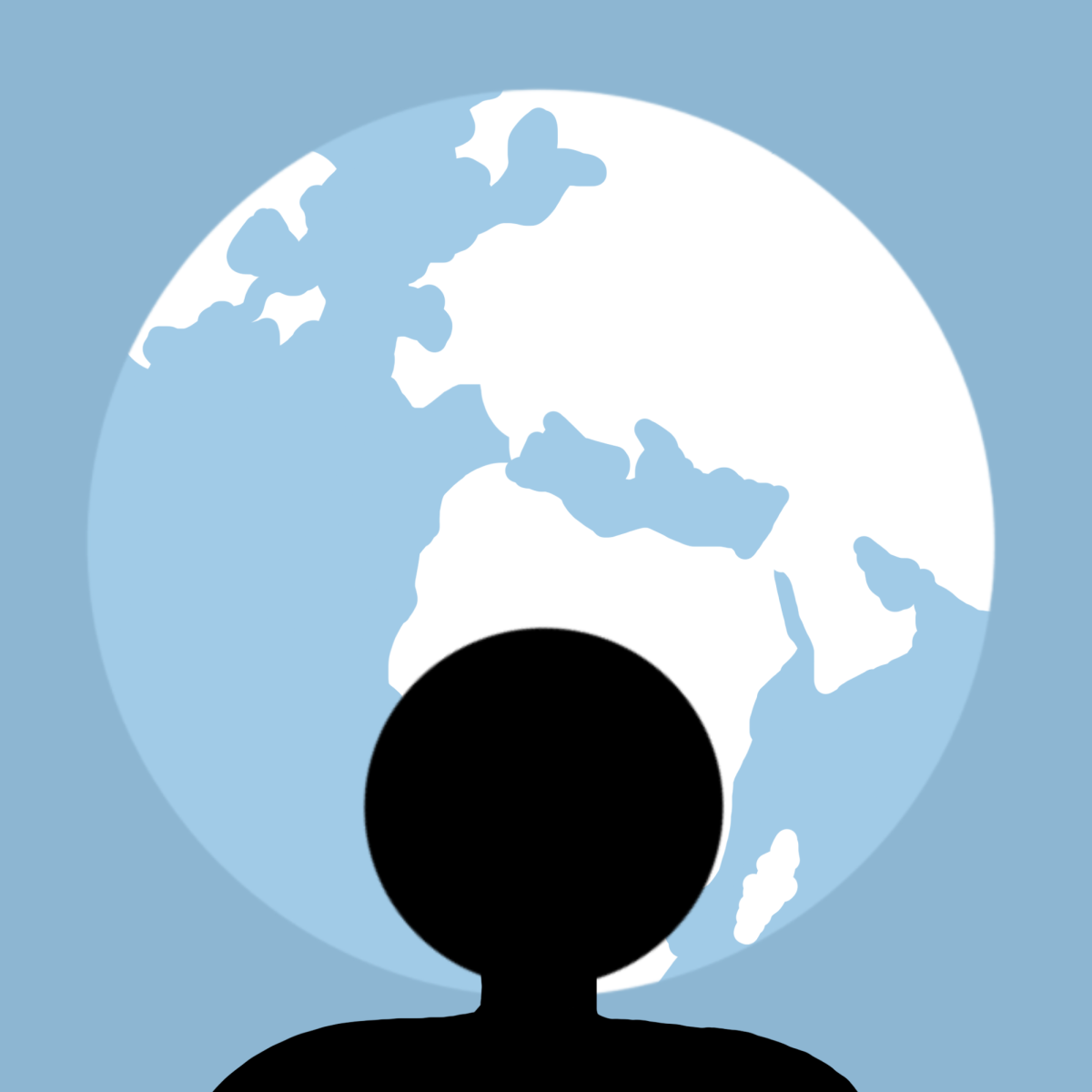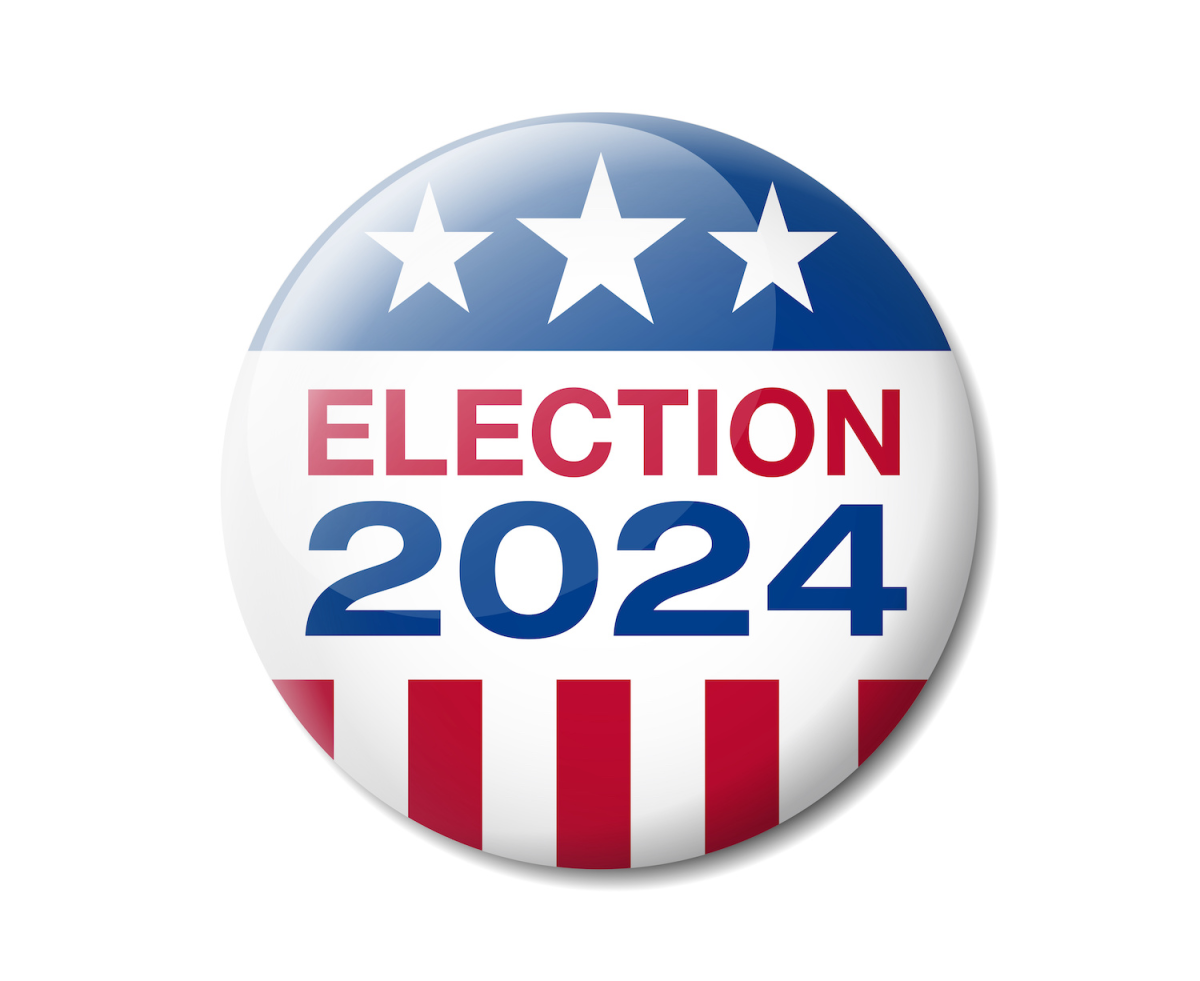If you keep up to date on news concerning the United States, then you are bound to come across the Middle Eastern country of Iran. Iran is a country situated south of the Caspian Sea, north of the Persian Gulf, east of Türkiye (Turkey), and west of Afghanistan. It resides under an Islamic theocracy, has deep resentment towards the West, contains the world’s third-largest oil reserves, and is a terrorism-sponsor state that has seen a recent increase in attention. This spike in attention is due to the increasing likelihood of Iran joining the conflict between Israel and Palestine as it rages into Lebanon, where one of the major terrorist groups, Hezbollah, is located. However, Iran has received this kind of media attraction before, not just because of its relations with terrorist groups, but because of its nuclear program.
Iran’s nuclear program began during its time under the Western-backed monarchy of the Shah. It saw the development of nuclear reactors and power plants invested, developed, or produced by European and American companies or the countries themselves throughout the 1970s. However, this nuclear program would be put to a halt when the Shah was overthrown by the Iranian Revolution in 1979 and when war erupted between Iran and Iraq in 1980. It was only until the 1990s when Iran had recovered from its war with Iraq that its nuclear program started up again. With its disdain towards the West, Iran would receive help from Russia, China, and Pakistan to further its nuclear program by striking deals to develop nuclear reactors or uranium enrichment plants or provide the supplies needed to do so. During this time, Iran would approve the Amad Plan, where Iran built an arsenal of five nuclear weapons by 2004 and was done secretly. However, the combination of the revealing of Iranian nuclear sites in 2002 and the American invasion of Iraq in 2003 under suspicion of Iraq possessing WMDs put Iran under pressure from the West. Iran decided to end the Amad Plan but would continue to develop its nuclear weapons program covertly. As a result of Iran’s nuclear weapons development, the UN has sanctioned Iran so that nuclear technologies, systems to deliver a nuclear payload (missiles), or any other related materials are to be restricted or inspected. The US has also sanctioned Iran but has also directed its sanctions towards its economic sector for its banking, energy, and shipping industries.
Today Iran is considered to be a nuclear threshold state, a state that currently does not possess any nuclear weapons but has the technologies to build them. Many fear Iran’s and other countries’ pursuit of nuclear weapons due to them having regional tensions or starting up an international nuclear arms race which increases the likelihood of nuclear warfare.








